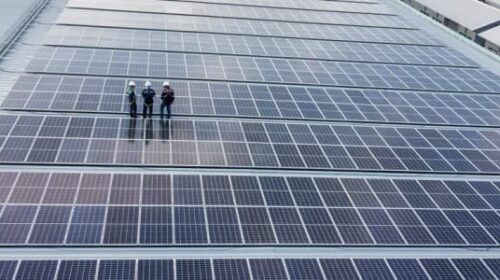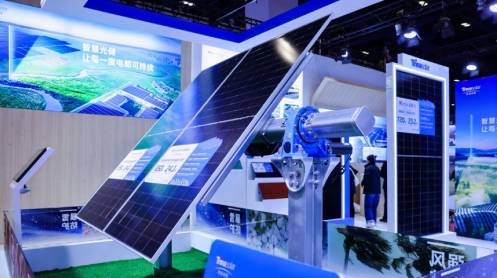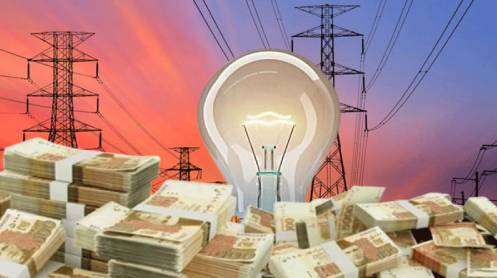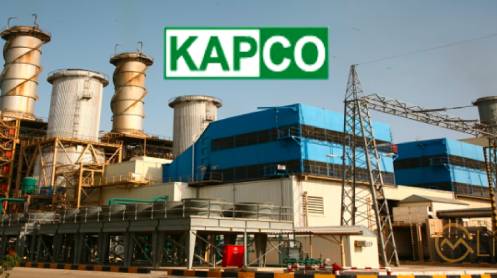Trina Solar, the global PV and smart energy total solutions provider, has unveiled its latest head-turner, the Vertex N 595W for C&I and utility-scale projects. Together with the Vertex N 690W for utility scenarios and Vertex S+ 445W for rooftop PV systems, Trina Solar’s n-type module portfolio is based on the leading 210 product technology platform and n-type i-TOPCon cell technology. The release of Vertex N will hit and reshape the PV market again. Vertex N 595W strengthens Vertex family, and is ready for delivery
The newly announced Vertex N module, inheriting the Vertex family’s merits of higher power, higher efficiency, higher energy yield and higher reliability, boasts maximum power output of 595W, 30W higher than conventional n-type modules in the market. In addition, this dual-glass module increases bifaciality to 80% and delivers higher efficiency, lower degradation and better energy yield, delivering lower BOS and LCOE to projects. The Vertex N 595W modules adopt the latest 210 product platform +i-TOPCon technology and are highly compatible with trackers, offering more feasibility to utility-scale projects in the most complex of terrain.
In addition to Vertex N 595W modules, Trina Solar is offering Vertex N 690W and Vertex S+ 445W modules with i-TOPCon technology for utility and rooftop segments.
Against the backdrop of greater grid parity, increasing solar demand and rising market share, the latest n-type module portfolio, with power output ranging from 445W to 690W, will cement the modules as preeminent products for rooftops and utility-scale projects.
The new generation of Vertex N modules will be in mass production by the end of 2022 and over 10 GW n-type modules capacity is expected to release by the first quarter of 2023. Moreover, capacity of n-type modules will reach 20GW to 30GW by the end of next year. Trina Solar started mass production and delivery of i-TOPCon modules in 2018, when the company was selected as a demonstration company for China’s Top Runner program. Since then, Trina Solar’s i-TOPCon modules have been well recognized by the market and widely used in utility power stations and rooftop projects worldwide. To meet the increasing demand for ultra-high performance modules, Trina Solar will continue to develop and promote more n-type products.
To learn more about Trina Solar’s Vertex family, please visit: vertex.trinasolar.com/
Leading the industry with technological innovation and openness
Trina Solar is committed to technological innovation and continues to set industry standards and benchmarks for performance and sustainability. The company has set 25 world records with the efficiency of its cells and modules. In August the aperture module efficiency of Trina Solar’s proprietary Vertex n-type module using monocrystalline silicon reached 24.24%, a world record for industrial large-area n-type i-TOPCon modules, just a few months after it set a world record for industrial large-area n-type i-TOPCon cells.
As a first mover in the field of 210 product technology, Trina Solar is committed to building an open platform that is compatible with most cutting-edge cell technologies, such as i-TOPCon and HJT. The Vertex N family and Vertex S+, developed on the 210 product technology platform, are endowed with the advantages of both 210 product technology and n-type technology, creating greater value for customers.
A sustainable future
On October 12, in a session themed “The road to a sustainable future” hosted by Bloomberg in London, which a number of major renewable energy investment companies attended, Trina Solar outlined its vision for advancing toward a net-zero future by providing smart solar energy solutions.
According to Trina Solar, the Vertex family products have achieved an industry leading low carbon emissions assessment through ISO’s life cycle assessment and carbon footprint qualification by renowned third-party certification bodies such as UL, EPD and Certisolis.
To realize its sustainable development strategy and acting responsibly with regard to the environment, Trina Solar also aims to achieve 100% renewable energy use in manufacturing and operations by 2030, aligned with the United Nations Sustainable Development Goal 7.





